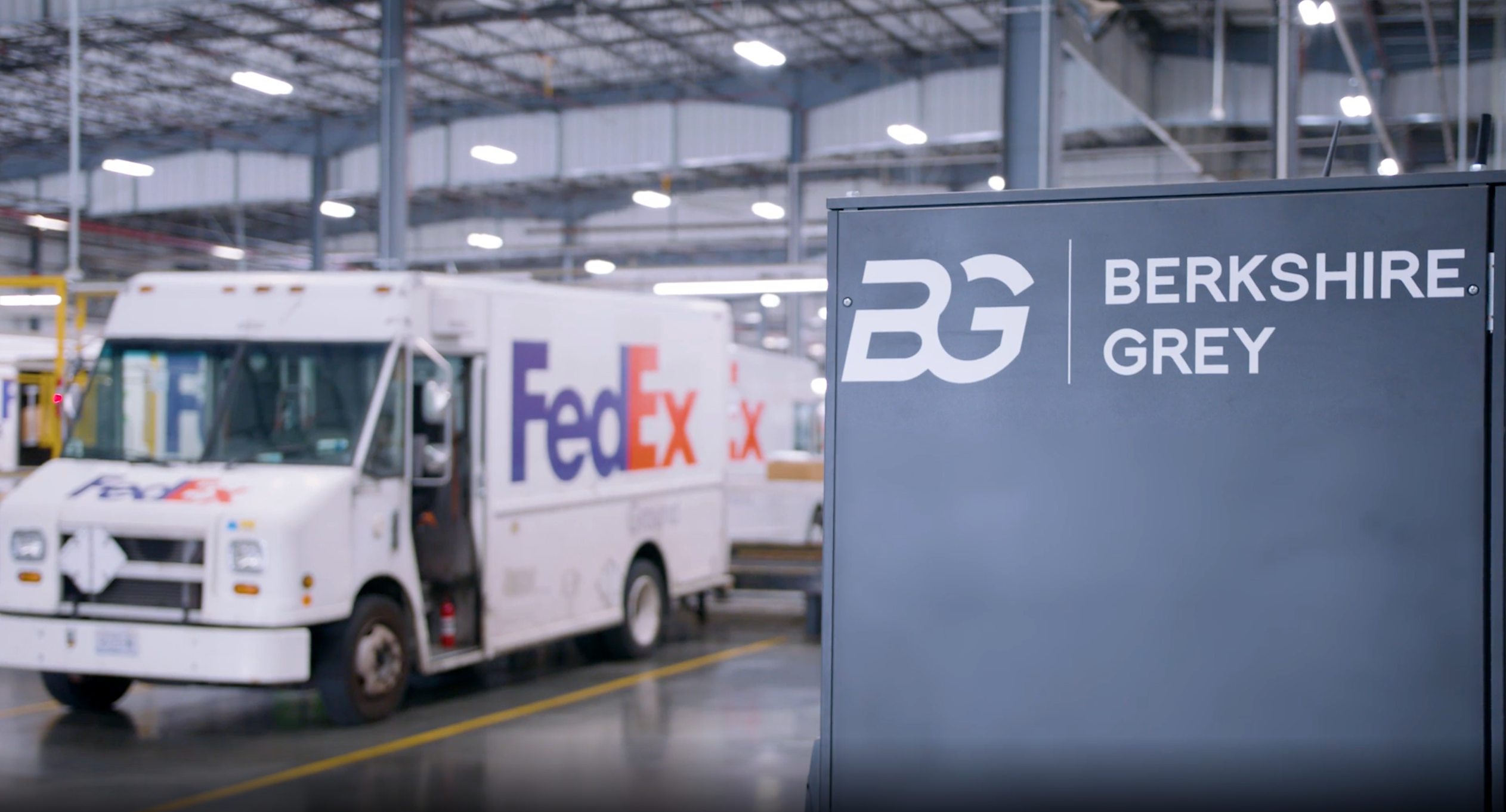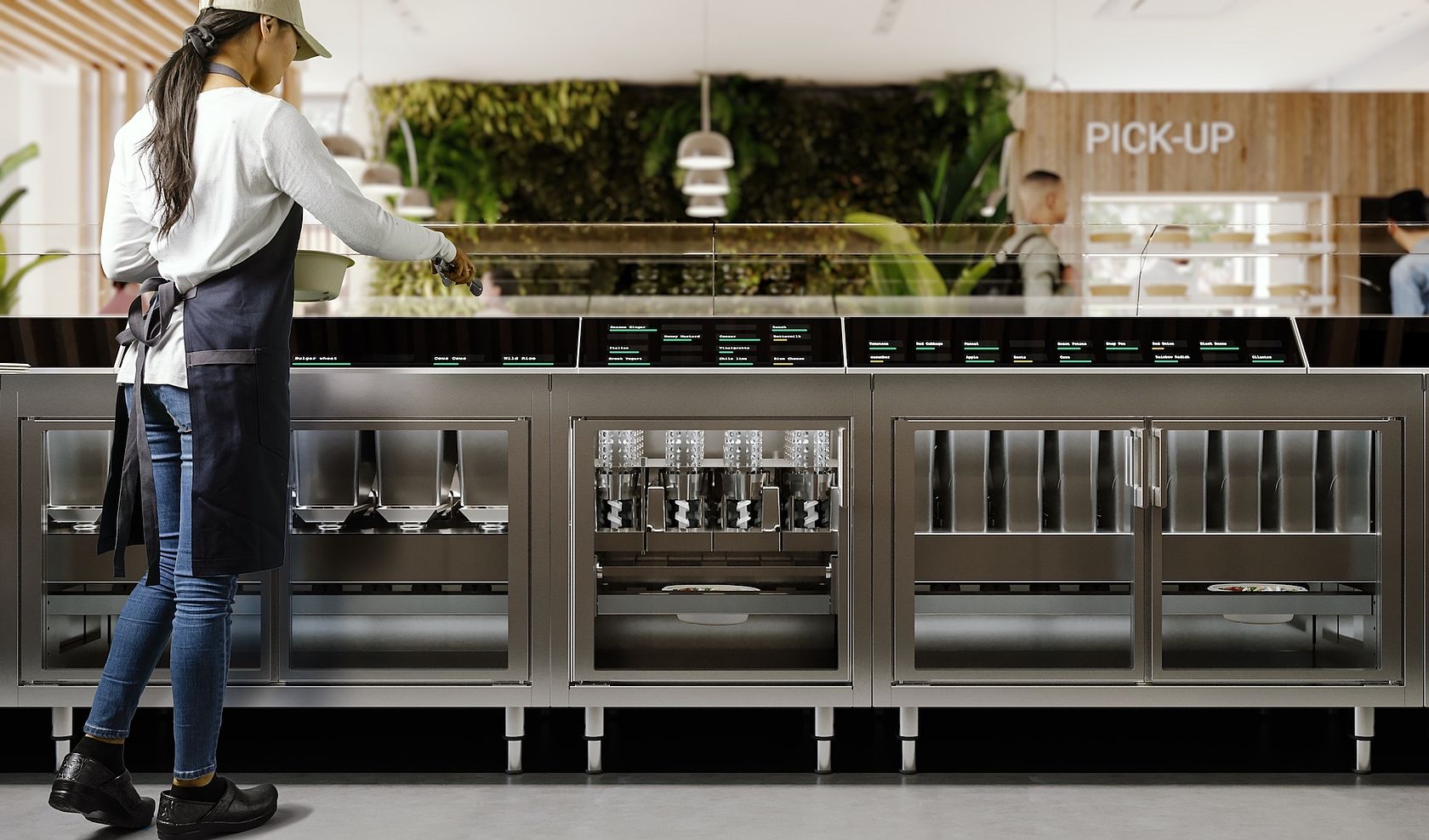News: Embedded finance won’t make every firm into a fintech company
Starbucks offers an integrated wallet and payments within its app, and Lyft offers its drivers a debit card. But that doesn’t make them fintech companies.
A short decade after software started eating the world, along came headlines about every company becoming a fintech thanks to innovation and growth in embedded finance business models.
This narrative oversimplifies the evolution that’s happening in the financial services sector. Storing and moving money and extending credit in a regulated environment is difficult. And differentiating your offering from incumbent financial institutions requires much more than superficial tweaks.
What really makes a fintech company extends far beyond user interface enhancements and delivering financial services to end customers. It’s what’s “under the hood” — the full-stack approach that allows fintech companies to truly innovate for their customers.
What really makes a fintech company extends far beyond user interface enhancements and delivering financial services to end customers.
Embedded finance helps companies and brands outside of the core financial sector distribute financial services. This requires varying levels of effort from the company and looks like anything from Starbucks offering an integrated wallet and payments within its app to Lyft offering a debit card to their drivers. But that doesn’t make Starbucks or Lyft fintech companies.
The fallacy behind the hype
The “every company will be a fintech” stance investors are bullish on conflates multiple approaches to inlaying financial offerings, coupling the resurgence of white-labeled financial services (which have been around for decades) with the rising banking, payments and lending-as-a-service players. The latter approach allows companies to customize their financial product experience while outsourcing many core financial services tasks. The former is simply distribution through embedded delivery.
There are four core tenets to fully operate as a financial services provider: a customer-facing product, transactional infrastructure, risk management and compliance, and customer servicing. In the case of lending, there is a fifth tenet: Companies also need to be able to manage capital. Embedded financial services help companies sidestep the majority of what it really means to be a fintech.
White-labeling versus “becoming a fintech”
While embedded finance is hot today, white-labeled financial services have been around for decades. Branded credit cards, for example, are a common paradigm for white-labeling. They quickly became a lasting way to incentivize consumer loyalty but don’t signal real effort or know-how in financial services. United and Alaska don’t run credit checks, configure billing or handle disputes for cardholding customers, nor do they assume any risk by embossing their logo on a card. The partnerships are major money makers for airlines while the risk stays on the financial institutions’ side (Chase, Bank of America and Visa). This risk can even account for significant loss on the financial side: According to American Express, 21% of its outstanding credit card loans belonged to people with a Delta credit card a few years ago.
This white-labeling approach is becoming common for other services, coming to life in forms like banking offerings from cell carriers, and it’s by design: Financial services are complex and highly regulated, so brands prefer to defer most of the work to the experts. So while United, Delta or T-Mobile offer financial services under their brand, they are definitely not becoming fintech companies.
In contrast, some corporations are seeing the opportunity to build financial services from the ground up. Walmart’s move to snag Goldman Sachs talent to lead its foray into finance (with Ribbit at the helm) shows promise for a true fintech spinout.
The investment in expertise in compliance and risk management furthers the company’s potential to build detailed and relevant infrastructure from the get-go — a significant step beyond the retailer’s many existing white-labeled financial partnerships.
The limitations of platforms as a service
Tools and turnkey solutions that help non-finance companies build financial applications more recently came into the mix: VCs are enthusiastic about new players building embedded payments, lending and, more recently, banking platform services (also known as BaaS) through APIs and backend tools.
As opposed to financial infrastructure services provided directly by sponsor banks or processors providing payments or ledger services, these platforms abstract the underlying infrastructure, wrap them with friendly-to-use APIs, and bundle core financial elements like risk management, compliance and servicing. While these platforms do offer some self-efficacy for companies to provide financial services, their major limitation is that they’re general purpose by design.
Fintechs found an opportunity to serve customers overlooked and underserved by traditional finance through specialization. Traditional financial institutions long applied the generalist model, carrying hundreds of SKUs and serving all segments. This strategy inevitably led banks to invest more in services for their most profitable customers, optimizing for their needs. Less profitable segments were left with stale and one-size-fits-all offerings.
Fintechs’ success with these underserved segments is derived from a relentless pursuit and laser focus on addressing core customers’ unique needs, building products and services designed for them. In order to deliver on this promise, fintechs must innovate across all layers of the stack — from the product experience and feature set to the infrastructure and risk management, all the way down to servicing.
UI is not nearly enough to differentiate, and addressing customers’ needs while minding overall unit economics is critical. One fintech’s choices on these matters may be completely different from another if they address different segments — it all boils down to tradeoffs. For example, deciding on which data sources to use and balancing between onboarding and transactional risk look different if optimizing for freelancers rather than larger small businesses.
In contrast, third-party platform providers must be generic enough to power a broad range of companies and to enable multiple use cases. While the companies partnering with these services can build and customize at the product feature level, they are heavily reliant on their platform partner for infrastructure and core financial services, thus limited to that partner’s configurations and capabilities.
As such, embedded platform services work well to power straightforward commoditized tasks like credit card processing, but limit companies’ ability to differentiate on more complex offerings, like banking, which require end-to-end optimization.
More generally and from a customer’s perspective, embedded fintech partnerships are most effective when providing confined financial services within specific user flows to enhance the overall user experience.
For example, a company can offer credit at the point of sale through a third-party provider to enable a purchase. However, when considering general purpose and standalone financial services, the benefits of embedded fintech are much weaker.
Building a product of choice
The biggest proponents of embedded finance argue that large companies and brands can be successful with finance add-ons on their platforms because of their brand recognition and install base.
But that overlooks the reality of choice in the market: Just because a customer does one facet of their business with a company doesn’t necessarily mean they want that company as their provider for everything, especially if the service is inferior to what they can get elsewhere.
While the fintech market booms and legacy brands continue to buy into the opportunity, verticalized, full-stack fintechs will trump their generic offerings time and time again. Some aspects of embedded finance and white-labeling will continue to crop up or prevail, like payment processing and buy now, pay later services. But customers will continue to choose the banks/neobanks, lenders and tools built for them and their own unique needs, bucking the “every company is a fintech” fallacy.










 Confirmed: WhatsApp messaging app restricted in
Confirmed: WhatsApp messaging app restricted in 




